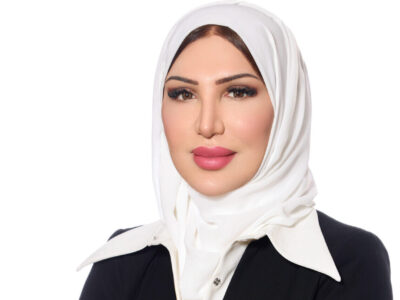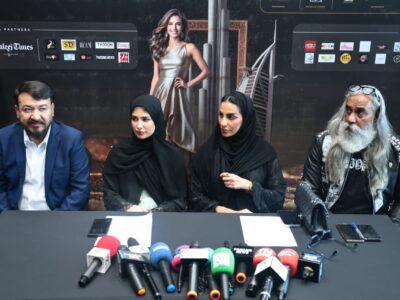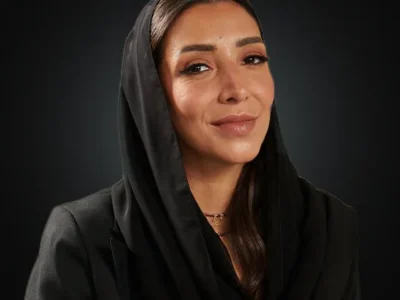The fashion industry, globally known for its extravagant shows and ever-changing trends, is also one of the largest polluters and consumers of water. However, in the Middle East, a region rich in history, culture, and art, a new trend is emerging—one that could potentially redefine style and fashion consciousness. This article explores the pioneering efforts of sustainable fashion ventures in the Middle East, highlighting their impact on the industry, challenges they face, and the future of sustainable fashion in the region.
The Rise of Sustainable Fashion in the Middle East
The Middle East has been traditionally associated with luxury brands and opulent fashion shows, but beneath this glittering surface, there’s a growing movement towards sustainability. This shift is driven by an increasing awareness of environmental issues like water scarcity and pollution, which are particularly pressing in the region. Moreover, the global shift toward sustainability is influencing local consumers and designers, who are now championing eco-friendly practices and materials.
Key Players and Initiatives
Several forward-thinking brands and designers in the Middle East are leading the charge towards sustainable fashion. These pioneers are blending traditional craftsmanship with modern eco-friendly practices, creating fashion that’s not only stylish but also sustainable. For instance, some designers are revisiting the use of organic fabrics like cotton and linen, which have been part of the region’s textile heritage for centuries. Others are innovating with new materials such as recycled polyester and repurposed fabrics.
Additionally, initiatives such as Dubai’s “Sustainable City” have hosted eco-fashion shows and events, providing a platform for sustainable designers to showcase their creations. These events not only highlight sustainable fashion but also foster a community of like-minded individuals and companies.
Sustainability Practices in Fashion
Eco-friendly Materials: One of the most significant aspects of sustainable fashion is the use of eco-friendly materials. Designers in the Middle East are increasingly using organic cotton, bamboo, and other natural fibers that require less water and pesticides than traditional materials. Additionally, innovations like fabric made from recycled plastic bottles are gaining popularity.
Ethical Manufacturing Processes: Beyond materials, ethical manufacturing processes are crucial in sustainable fashion. Many new fashion ventures are setting up local production units that follow fair labor practices and strive to reduce carbon footprints by minimizing transportation.
Recycling and Upcycling: Recycling old garments and upcycling them into new pieces are other key facets of sustainable fashion. This not only reduces waste but also adds unique value to each piece, making it a one-of-a-kind item.
Challenges to Sustainable Fashion in the Middle East
Despite the enthusiasm, there are significant challenges to the widespread adoption of sustainable fashion in the region:
Cost Concerns: Eco-friendly materials and ethical labor practices often lead to higher costs, which can be a significant barrier for both designers and consumers. Overcoming this challenge requires effective communication about the value and long-term benefits of sustainable fashion.
Cultural Perception: The allure of fast fashion and luxury brands is strong in the Middle East. Changing this perception and convincing consumers to embrace more sustainable, less extravagant fashion choices requires persistent effort and education.
Lack of Infrastructure: There is a notable lack of infrastructure for recycling and upcycling within the region, which can hinder sustainable practices. Developing this infrastructure is essential for the growth of the sustainable fashion sector.
The Future of Sustainable Fashion in the Middle East
The future of sustainable fashion in the Middle East looks promising, with both challenges and opportunities. As awareness grows and more consumers begin to prioritize sustainability, we can expect a significant shift in how fashion is perceived and produced in the region. This shift will likely be supported by advancements in technology that make sustainable practices more accessible and cost-effective.
Conclusion
The movement towards sustainable fashion in the Middle East represents a significant shift in the regional fashion industry. By embracing eco-friendly materials, ethical manufacturing, and innovative recycling initiatives, the region is not only addressing its environmental challenges but is also setting a new standard for the global fashion industry. As this trend continues to grow, it holds the promise of transforming the Middle East into a hub for sustainable fashion innovation, redefining style in an environmentally conscious way.









